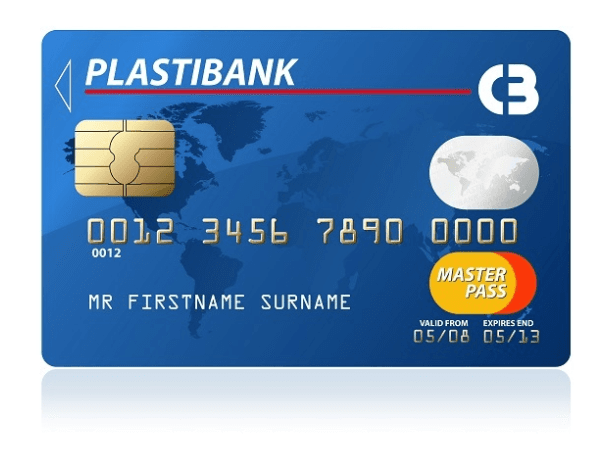Like many of us, you may also have been fumbling at the debit cards checkout for months now—from the grocery store to the drugstore and everywhere else that either does or not ‘use the chip.’ While that’s confusing enough, you are probably wondering whether the chip is benefiting you, or just the creditor—and on either account—how?
The Chip Makes Every Transaction Unique
The Europay, MasterCard, Visa (EMV) chip is meant to offer further security today for cardholders because now each transaction is unique, disallowing fraudsters of the opportunity to take your information and apply it to another purchase.
As Visa states, “A unique one-time code is generated behind-the-scenes that is needed for the transaction to be approved – a feature that is virtually impossible to replicate in a counterfeit card.” You can still swipe your chip-embedded card even if the merchant you are visiting does not yet have the updated equipment—but the key is for the new terminals and chips to work in tandem in preventing fraud. If you are traveling internationally, you should find the chip is even more popular. And of course, while less fraud benefits you as the cardholder, none of the credit-card companies wanted to be the ones held responsible for a massive hack so they worked together on creating and standardizing the EMV.
Identity Theft & Credit Card Fraud Still on the Rise
It’s obvious that credit-card security is evolving around the world, but criminals and fraudsters are still hard at work out there beating the system; in fact, in 2016 identity theft was rising and at an all-time high. The annual 2017 Identity Fraud Study by Javelin Strategy & Research showed that despite efforts by banks, credit-card companies, and more, identity fraud still increased by 16 percent last year. Existing credit card fraud is on the rise, along with account takeovers, fraudulent new accounts, and transactions where the cards did not have to be present.
“After five years of relatively small growth or even decreases in fraud, this year’s findings drives home that fraudsters never rest and when one areas is closed, they adapt and find new approaches,” said Al Pascual, senior vice president, research director and head of fraud & security, Javelin Strategy & Research. “The rise of information available via data breaches is particularly troublesome for the industry and a boon for fraudsters. To successfully fight fraudsters, the industry needs to close security gaps and continue to improve and consumers must be proactive too.”
Credit card use—and debt—is currently on the rise too. With so much more information out there, it’s more important than ever to make sure you don’t give out details to anyone who seems questionable, keep your social media accounts and all credit accounts locked down tightly, and monitor transactions steadfastly. If you see worrisome charges on your account, contact your bank or creditor immediately.
Consumer Debt at $12.58 Million in the US
You may also be worried about growing balances on your account. As consumer debt in the US arrives at an alarming $12.58 million overall, with $17,000 in credit debt for the average household, more consumers than ever are trying to get a grip not only on spending, but also their debt load. For those who have suffered setbacks due to illness, unemployment, divorce, or more, credit cards may have been their saving grace (temporarily) as they struggled due to loss of normal income. Eventually though, these debts must be resolved.

If you are worried about credit card debt, contact us at Fitzgerald & Campbell, APLC now. We can review your current situation and help you explore your options. We are here to help you! Call us today for a free consultation at (844) 431-3851, or email us at info@debtorprotectors.com.

